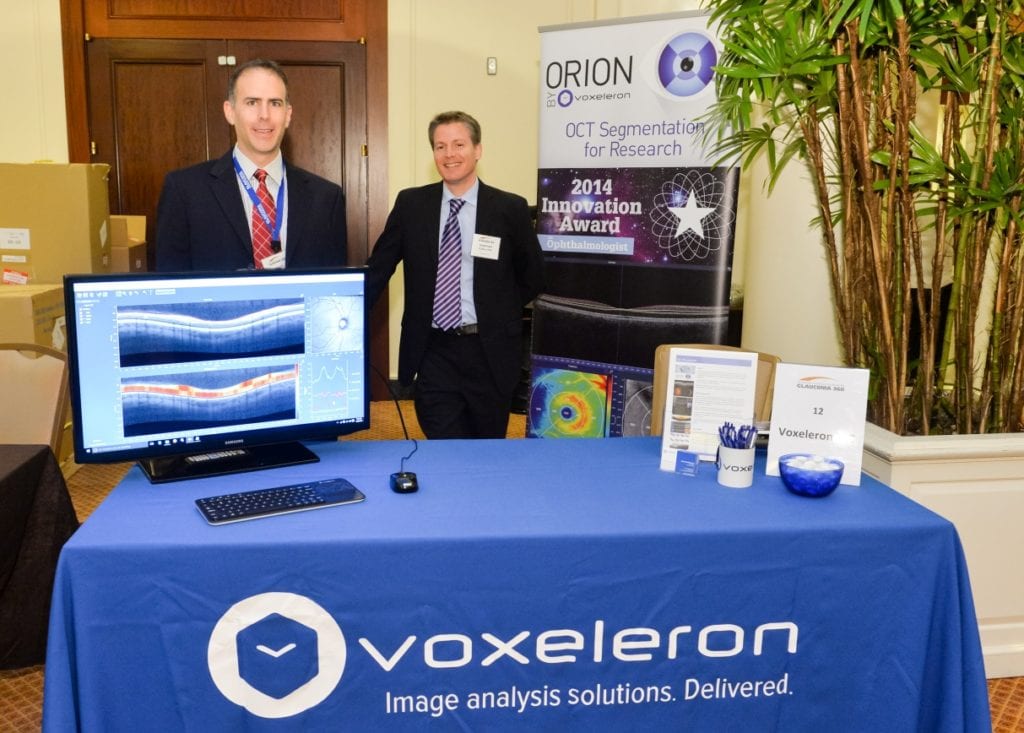Notes from the Glaucoma 360 Keynote Speech
Dr. Richard Lewis presented this year’s keynote, “Bullish on Glaucoma, A 30-Year Perspective on Patient Care, Clinical Research, and Industry”, which comprised some lessons learned from his extensive experience at the interface between the clinical world and commercial product development in Glaucoma. He started by citing three examples of recent successes that he has been involved with (iScience, Glaukos and Aquesys), and posed the question: “What are the components that are key to success?”. It was these components that framed his keynote, and I shall talk about each of them in the following.
Leadership – the first component should seem obvious to us all, but without direction and common goals, things can obviously go awry. Dr. Lewis gave particular recognition to the importance of having a good board of directors.
Regulatory – having a good regulatory strategy is key to any product’s success. The road to regulatory approval was likened to a game of chess, with some companies showing substantial but perhaps unorganized clinical data and not being approved, or like LenSx who gained approval despite limited clinical data and no peer reviewed publications. Additionally, Dr. Lewis talked of the need for substantiated claims, citing the OHTS study, where De Moraes showed that the lowering of IOP can prevent VF loss. He also cited some examples of unsubstantiated claims, that led to a failure of getting approval.
Reimbursement – here, we were warned, there are many conundrums. Reimbursement was considered essential (“you have to get it”), and this may involve consultants. One path is via FDA approval and medicare authorization and insurance coverage, but this may not include commercial insurance coverage. Another path to insurance authorization is through peer reviewed publications, which could be considered key to successful product launch.
Funding – this topic was not touched upon directly, aside to say that mention was given that, of the initial three successful examples, one company dissolved ahead of being acquired (iScience), so the path to success is long, implying some funders need both deep pockets and patience.
Clinical Trials – here examples of successful and unsuccessful trials were given. One example of the latter was Orcolon who, in 1991, released an aid to cataract surgery that induced an acute rise in IOP. An example of the former was Glaukos who released first only to a small set of well trained clinicians. Clinical trials need to have good design and sensible end points. An interesting example where the end point was not well thought through was Anecortave (Alcon) who used preserved visual fields as the target end point. The issue being that the data was so noisy, as visual fields inherently are, they were unsuccessful in proving successful outcomes.
Intellectual Property – again, this topic was not touched upon directly. Obviously, this is something funders look for if they are opening up the check books.
Packaging – plays a more important role than might be first appreciated. One example was how to get it wrong. Dr. Lewis talked of how a new medicine was prescribed in translucent bottles that were twice the capacity of the prescription. This led to numerous patients assuming that their bottles were incorrectly only half-filled. Had the bottle been opaque, Dr. Lewis suggested, then the issue would have never occurred.
And what, did Dr. Lewis consider would be the next big thing(s)? These were suggested as:
- New drug mechanisms
- New drug delivery systems
- New MIGs devices
- Neuroprotection
- Stem Cell
- New Diagnostics: Imaging
An interesting potpourri to leave us with having only really reflected on personal experience from the 3rd category. But I had already latched onto an earlier soundbite: Dr. Lewis asked if industry can change clinical behavior? He thought it can. And he should probably know.

